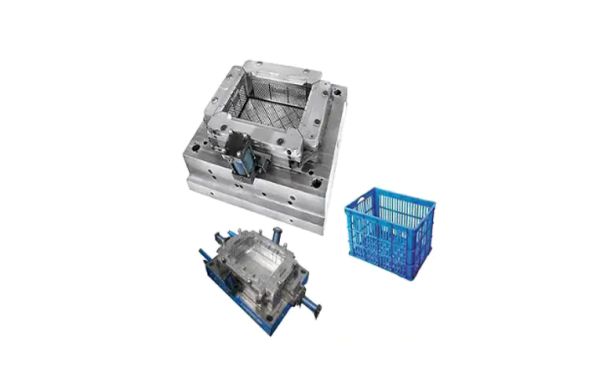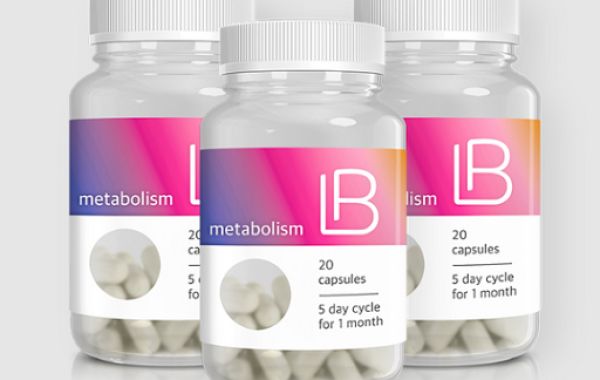Designing car bumper bracket plastic injection moulds requires careful attention to several key factors to ensure their effectiveness. Here are some crucial design considerations:
Material Selection: The choice of plastic material for the mould is critical. It should possess excellent strength, impact resistance, and dimensional stability to withstand the rigours of automotive use. Common materials include ABS (Acrylonitrile Butadiene Styrene) and polypropylene, which offer a balance of strength and cost-effectiveness.
Structural Integrity: The mould design must ensure the structural integrity of the car bumper brackets. This involves optimizing wall thickness, ribbing, and reinforcement to withstand impact forces. Careful consideration is given to load distribution and stress points to enhance overall strength and durability.
Precision and Fit: Car bumper bracket moulds require high precision to ensure a proper fit and alignment with the bumper and other vehicle components. Accurate mould design ensures that the brackets fit securely and seamlessly, preventing gaps or misalignment that could compromise safety.
Cooling and Venting: Efficient cooling systems within the moulds are essential for maintaining dimensional stability and reducing cycle times. Proper cooling channels facilitate the rapid solidification of the injected plastic, minimizing warping or shrinkage. Venting is also critical to prevent air traps or cosmetic defects on the surface of the brackets.







